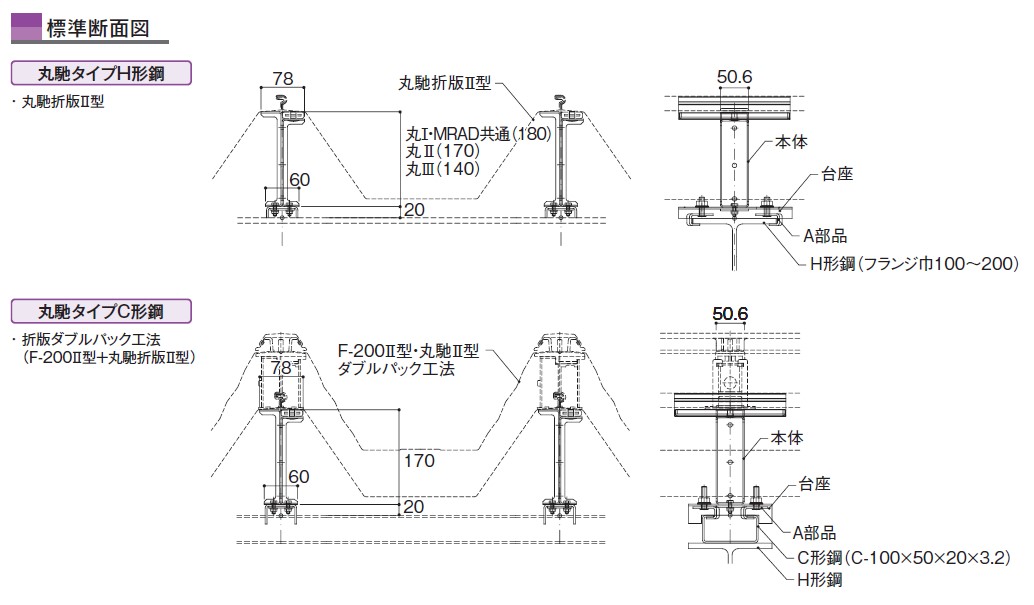2024-02-07 チャルマース工科大学
◆この中で、ナノセルロースを建築材料として初めて使用することが示唆され、その柔軟性とエネルギー効率の高さが注目されている。ナノセルロースと藻類で作られたハイドロゲル材料が、より環境に配慮した建築用代替材料として初めてテストされました。
◆スウェーデンのチャルマース工科大学とワレンバーグ木材科学センターによるこの研究は、従来の工法よりもはるかに少ないエネルギーで、豊富で持続可能な材料をさまざまな建築部品に3Dプリントする方法を示しています。
<関連情報>
- https://news.cision.com/chalmers/r/3d-printed-nanocellulose-upscaled-for-green-architectural-applications,c3922527
- https://www.sciencedirect.com/science/article/pii/S0264127523008870
常温乾燥したセルロースナノフィブリル-アルジネートヒドロゲルからロボットで3Dプリントした建築用膜 Robotically 3D printed architectural membranes from ambient dried cellulose nanofibril-alginate hydrogel
Malgorzata A. Zboinska, Sanna Sämfors, Paul Gatenholm
Materials & Design Available online:10 November 2023
DOI:https://doi.org/10.1016/j.matdes.2023.112472
Highlights
•Robotically 3D printed ambient dried nanocellulose-alginate membranes are scalable to architectural dimensions.
•The membranes exhibit tunable design features relevant for architectural applications.
•3D printing toolpath design of the membranes affects their shrinkage and deformation upon ambient drying.
•Toolpath designs featuring porous, symmetric deposition yield low deformation and low shrinkage values below 10%.
•Designs featuring solid, asymmetric, multi-layer deposition yield high deformation and high shrinkages above 30%.
Abstract
Cellulose nanofibril hydrogel mixed with an aqueous solution of sodium alginate is a novel bio-based material suitable for 3D printing of lightweight membranes with exquisite properties and sustainable traits. However, fundamental knowledge enabling its applications in architectural design is still missing. Hence, this study examines the macro-scale features of lightweight membranes from cellulose nanofibril-alginate hydrogel, relevant for the design of various interior architectural products, such as wall claddings, ceiling tiles, room partitions, tapestries, and window screens. Through iterative prototyping experiments involving robotic 3D printing of lightweight membranes, their upscaling potential is demonstrated. Correlations between toolpath designs and shrinkages are also characterized, alongside an in-depth analysis of coloration changes upon ambient drying. Further, the tunability potential of various architectural features, enabled by bespoke 3D printing toolpath design, is discussed and exemplified. The aim is to expose the wide palette of design possibilities for cellulose nanofibril-alginate membranes, encompassing variations in curvature, porosity, translucency, texture, patterning, pliability, and feature sizes. The results comprise an important knowledge foundation for the design and manufacturing of custom lightweight architectural products from cellulose nanofibril-alginate hydrogel. These products could be applied in a variety of new bio-based, sustainable interior building systems, replacing environmentally harmful, fossil-based solutions.
Graphical abstract




